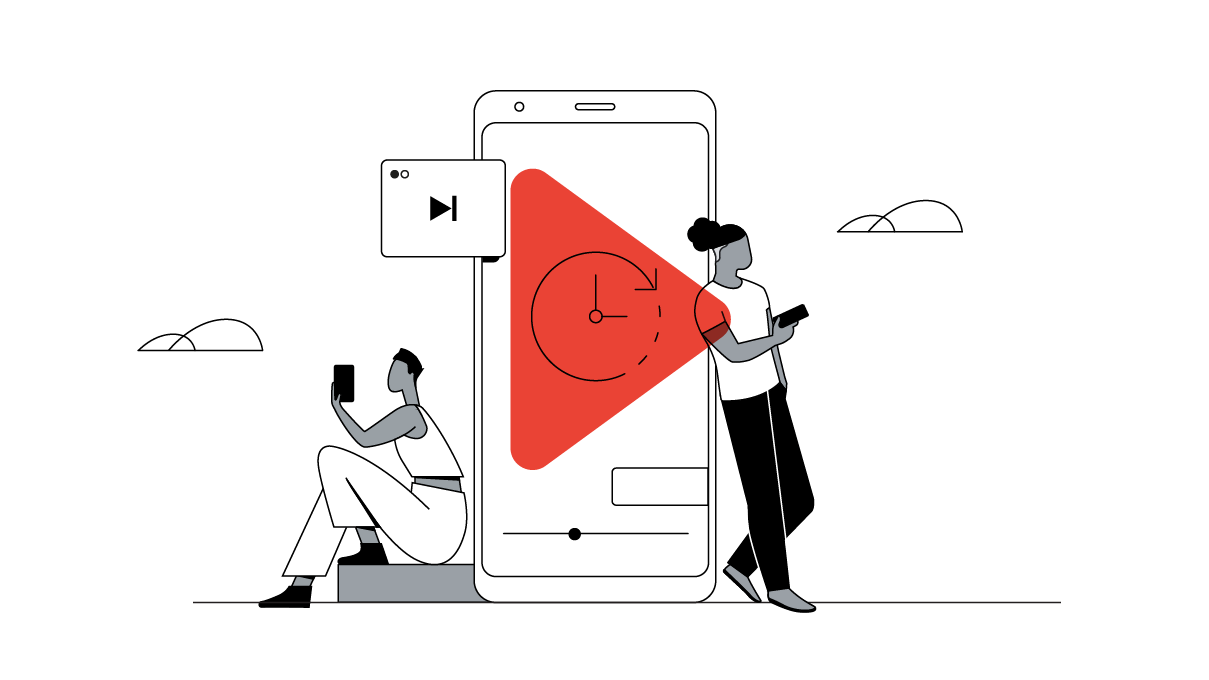Just about everything in marketing has changed in the last ten years. But the creative brief has stayed the same. Is it due for an upgrade? Nic Burrows, Google’s head of strategy at ZOO APAC, walks us through some ways marketers and agencies can improve on the traditional creative brief structure, even providing a suggested template.
The traditional 30-second spot is passé.
Thanks to the explosion of online video, brands, with the help of their creative agencies, have been innovating communications in every direction.
Brands are blending education with entertainment, like the way Kellogg’s India’s Gupta Ji Ki sitcom incorporated 100 different recipe ideas. Brands are creating episodic shows, like Nike’s Margot vs. Lily and Kate Spade’s #missadventure. They’re making short videos, long videos, documentaries, experiments, inflight safety videos, and low-budget videos. They’re working with online video creators and roping in audiences.
All these new dimensions and the industry shift away from the traditional 30-sec “buy me” ads simply means that the creative brief needs to evolve. It’s no longer about how many product features you can fit into 30 seconds; now, it’s all about how brands can create video content that effectively connects with their audiences, leaving a lasting—and positive—impression.
Here’s our take on the attributes of a 21st-century creative brief. No time to read the whole article? Get cracking right away with this editable template for the Creative Brief 2.0.
Taking another look at the traditional elements of the creative brief
There’s a reason that creative briefs always start by defining the objective, establishing success metrics, and identifying the target audience. It’s a formula that works. And a brief wouldn’t be a brief without deadlines and budgets.
But perhaps there’s another way to think about these elements.
Unless your business is driven purely by seasonal promotions, online video doesn’t have to disappear into the archives once your campaign is over and your media budget runs dry. Consider setting long-term objectives, such as building brand affinity and loyalty, to drive sustained returns on investment long after your campaign is over.
If you’ve been allocating a separate budget for digital assets, stop.
Perhaps your product is something people don’t buy very often, like a car or furniture. Your ad may be seen by viewers who don’t have an immediate need for your product but may be in the market for it at a later time. While there won’t be a huge sales uplift right away, you can measure their future likelihood to purchase by using metrics like brand favorability and purchase intent.
You’ll also need to know to whom you’re talking. Dig deeper beyond common demographic assumptions to uncover behavioral insights about your current and potential customers. How do they spend their time? What do they like and dislike? Do they face any challenges that you can solve for them?
As for budgets, if you’ve been allocating a separate budget for digital assets, stop. There are no strict rules on how much you must spend on online video—and yes, it’s possible to create great content on a shoestring budget. But to maximize the opportunity in online video, make your entire production budget available for this purpose. You can later adapt the video assets to run as TV commercials.
Making video content people will care about
The most important part of crafting a brief comes down to inspiring the creative team to create something genuinely deserving of viewers’ time. Great video content will tackle these key questions:
First, why should your audience even care? Give them a reason to laugh, an emotional payoff, or something to learn. You can look at search trends and create content around what your audience wants to know more about.
Second, does the video feel personal, like it’s talking directly to the viewer? Nowadays, online video is primarily consumed on mobile. Across APAC, more than half of YouTube watchtime happens on a mobile device that’s likely no more than a foot away from the viewer’s face.1 It’s a very personal and intimate experience, which is why the most popular YouTube creators are often talking directly to their audiences in an authentic, non-adspeak way.
To take the personalization one step further, get the audience to do something that gives them a role in the story. The simplest way to do this is to invite comments from viewers.
"To make meaningful content, a brand needs to talk about something other than itself."
Third, is your campaign something that people would want to talk about? The best, most iconic content of recent years usually feels like it’s spotlighting a topic that makes for an interesting conversation, instead of the same old marketing tropes. We’ve likely all had conversations that start with “Did you see Jean-Claude Van Damme doing the epic split between two trucks?” or “What does ‘like a girl’ really mean?” or “Can you believe women are considered ‘leftovers’ at the age of 27?”
To make content meaningful, a brand needs to talk about something other than itself. And the conversation needs to be interesting to consumers first, and promoting the brand second.
Fourth, provoke a response—an actual response that goes beyond an immediate emotional reaction. What do you want your audience to do next? What else can you share with them? What other content can you direct them to? Use a call-to-action, such as interactive cards, or links to relevant content, within the video itself. Good content, when it works best, is a gateway to other content.
Practical considerations that can help you create better work
In your brief, remind the creative team of these practical considerations specific to developing video content ideas.
1) All video lives in a skippable universe. This research from Australia found that most ads get skipped; even during TV ad breaks, many people get up and find something else to do. To avoid losing your viewer, make sure you have a hook in your video’s opening seconds that gives viewers a reason to keep watching your video.
2) Duration is no longer a constraint on your storytelling. Viewers are willing to watch longer ads (if they’re good!). And longer ads are also more effective for lifting brand favorability. The extra depth and dimension of stories that are relatively complex creates a more meaningful connection to the brand.
"Viewers are willing to watch longer ads (if they’re good!)"
3) Online video enables you to tell stories in the exact amount of time needed. If your video is longer than five minutes, consider breaking it up into episodes and link one video to the next. As long as it’s interesting, people will keep watching. You can also produce cut-down teaser versions to run as TV commercials or fixed-length online video ads that are linked to the full-length video.
4) Plan for online video to outlive your campaign. Consider keeping your video content available online in perpetuity for viewers to discover on their own, either by searching for it or by watching your other videos that link to it. Unless you’re featuring A-list celebrities, plan for perpetual, worldwide, and unrestricted usage so you don’t have to worry later about paying fees for talent extensions.
5) The best production resource may not be the one you’ve always worked with. Depending on the creative ideas, it may be worth looking beyond your conventional TV commercial production houses to work with documentary producers, film production companies, YouTube creators, or even regular viewers to create the video content.
6) Online video allows for testing and iteration. Can’t decide how long to make your video or the best way to tell your story? With online video, you can create multiple versions of creative to see what people respond best to. Viewer comments are also a way to obtain feedback to improve your understanding of what they want to watch in your next video.
Better creative briefs will lead to better creative work
Platforms like YouTube offer agencies a flexible canvas to create compelling YouTube ads that will get liked, shared, and remembered. Check out our Creative Brief 2.0 template (which is editable so you can customize for your needs) and upgrade your creative briefs to tell great stories in our always-on world.







